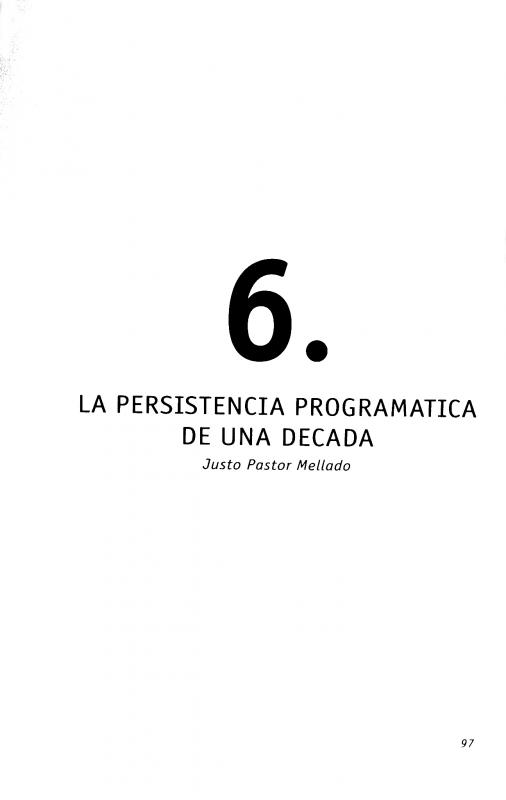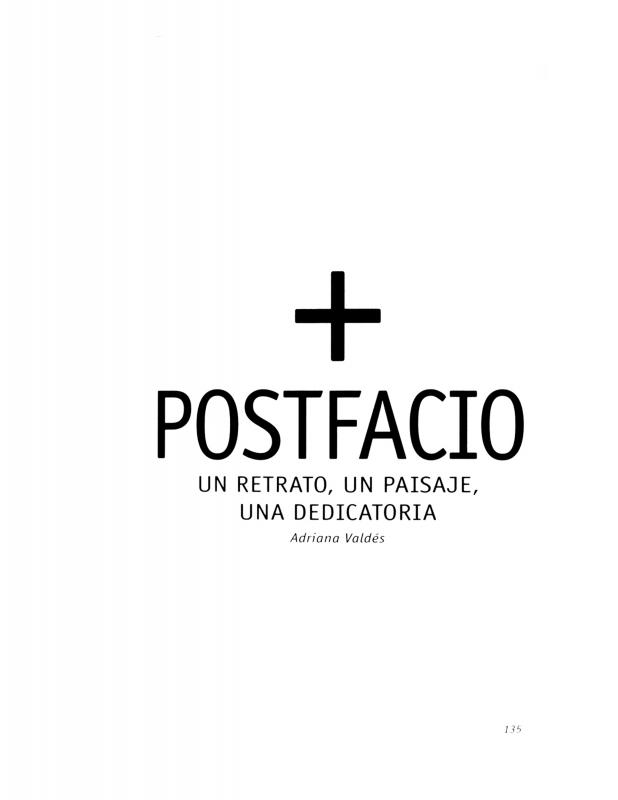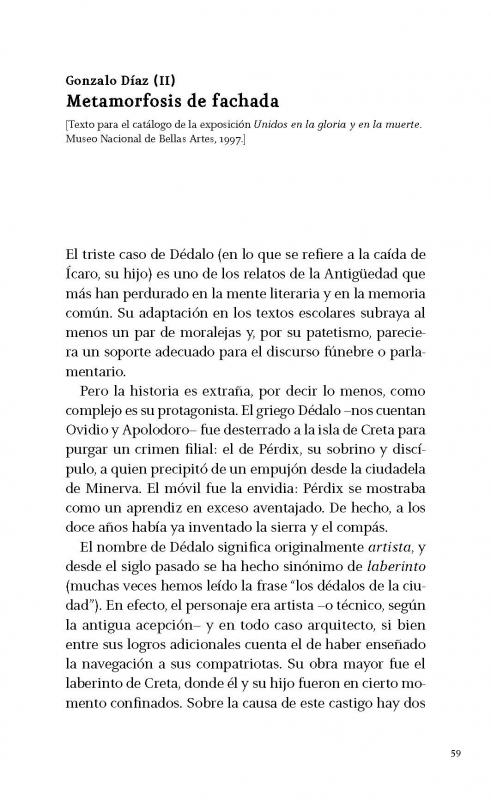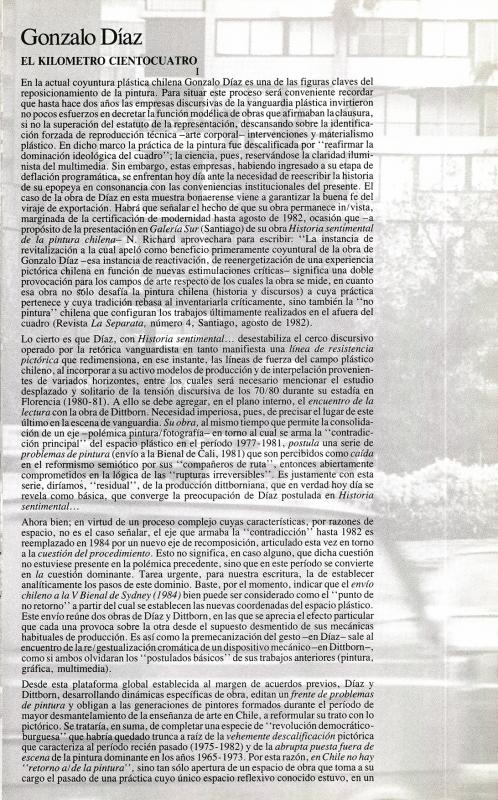The art historian Alberto Madrid (b.1955) published this essay in Lecciones de cosas 7 textos + postfacio sobre quadrivium de Gonzalo Díaz (Lessons About Things 7 Texts + Epilogue about Quadrivium by Gonzalo Díaz, 1999), his book about Quadrivium, the exhibition of works by Gonzalo Díaz (b. 1947) presented the previous year at the Galería Gabriela Mistral (1998). Other contributors to the book included Pablo Oyarzún (b. 1950) [see “La cuna del delfín” (doc. no. 735850) in the ICAA Digital Archive] and Sergio Rojas (b. 1960); the academic Ivan Trujillo (b. 1963); the artist Demian Schopf (b. 1972); the art historian Gonzalo Arqueros (b. 1958); Justo Pastor Mellado (b. 1949), whom Madrid mentioned in the essay [“La persistencia programática de una década” (doc. no. 735491)], and the essayist Adriana Valdés (b. 1943) [“Un retrato, un paisaje, una dedicatoria (a manera de postfacio)” (doc. no. 735474)].
Quadrivium was a complex installation consisting of various components. The organizing structure of the installation was based on the fourteen Stations of the Cross, with a number of objects at each one. There was an entrance to a tunnel on the wall, with a scale model of a hill from which a curved set of rails was connected to a painted marina, which provided access for a small boat that (at each of the stations) seemed to move closer to the painting. A tripod was placed in front of each station with a projector and a fan beside it and a small motor that operated the projector. Díaz projected different words on the wall and the boat installation at each station: rhetorical figures (metaphor, metonymy, ellipsis, etc.). A light on each tripod, which had an articulated arm attached to the lower section, illuminated the Roman numeral at each station. While this exhibition was open, Díaz was also showing his installation Unidos en la gloria y la muerte (United in Glory and in Death) at the Museo Nacional de Bellas Artes in Santiago. [For more information about this exhibition, see “Metamorfosis de fachada” (doc. no. 753615) by Roberto Merino in the ICAA Digital Archive.]
Gonzalo Díaz, the visual artist who studied at the Universidad de Chile, created an early body of work that challenged the way art, especially painting, was traditionally taught. Mellado pointed out that Díaz’s exhibition Historia sentimental de la pintura chilena (1982) prompted a “repositioning of Chilean painting” in light of experimental and conceptual practices that were embraced in Chilean art circles in the late 1970s. [For more information on this subject, see “Gonzalo Díaz: El Kilómetro cientocuatro” (doc. no. 734722) by Mellado.] The cultural critic Nelly Richard (b. 1948)—who coined the phrase Escena de Avanzada as an umbrella term for a wave of interventions, performances, and experimental works—devoted a chapter in her book Margins and Institutions. Art in Chile Since 1973 (1986) to a review of works that challenged the painting tradition, including those by Díaz. [See “Return to the pleasurable” (doc. 743686).] After spending years exploring and experimenting with painting, Díaz started creating installations; his work Pintura por encargo (1985) was an installation that included a painting.






